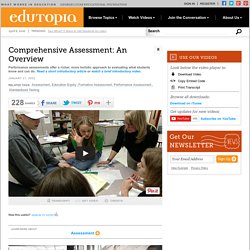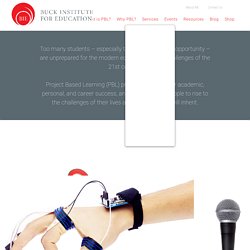

Paper Bag DIY Father's Day Book. Drama Strategies - Drama Resource. Professional Learning Community Definition. A professional learning community, or PLC, is a group of educators that meets regularly, shares expertise, and works collaboratively to improve teaching skills and the academic performance of students.

The term is also applied to schools or teaching faculties that use small-group collaboration as a form of professional development. Shirley Hord, an expert on school leadership, came up with perhaps the most efficient description of the strategy: “The three words explain the concept: Professionals coming together in a group—a community—to learn.” Professional learning communities tend serve to two broad purposes: (1) improving the skills and knowledge of educators through collaborative study, expertise exchange, and professional dialogue, and (2) improving the educational aspirations, achievement, and attainment of students through stronger leadership and teaching.
In professional learning communities, teams are often built around shared roles or responsibilities. Reform Debate. Www.nae.edu/File.aspx?id=14357. Types of Cooperative Learning Groups. There are three commonly recognized types of cooperative learning groups.

Each type of group has its own purpose and application. Informal Cooperative Learning Groups These ad-hoc groups may be organized "on-the-fly" as an aid in direct teaching. Informal groups are particularly useful in breaking up a lecture into shorter segments interspersed with group activity. While this method leads to less time for lecture, it will increase the amount of material retained by students as well as their comfort working with each other. Edutopia.mkt5094.com/thank-you-for-subscribing?spMailingID=5167118&spUserID=NjQ4NzgyMjYzMDAS1&spJobID=91693892&spReportId=OTE2NjUxMTES1. Bridging The Gap - Education Component - Evaluation Tools - Group Work Rubrics and Checklists. * Presenters are difficult to hear.

The rates of speaking are too fast or too slow. * The speakers do not show much interest and/or enthusiasm in the topic. May sound like the speakers are reading the presentation. * Eye contact is made with only some of the audience. * The speakers may have nervous habits which distract from presentation. . * Speakers do not involve audience. * Presentation shows little organization, unclear purpose, unclear relationship and/or transition between presenters, rambles or may seem like a list of facts. . * Details and examples are lacking or not well chosen for the topic or audience.
. * Presenters speak in a clear voice and show a flair for communicating with the audience. * Rates of speech are appropriate. * A speaker makes eye contact with everyone and has no nervous habits, is appropriately dressed and has excellent posture. * Presentation involves audience, allowing time for audience to think and respond. Videos. FreeBIEs. FreeBIEs. FreeBIEs. Comprehensive Assessment: An Overview. Narrator: They are dueling with robots in Florida, and study microorganisms in New York, designing future schools in Seattle, and racing electric cars in Hawaii.

All across the country students are being called upon to show what they know in challenging tests of their abilities. Man: Here we go! The national championship on the line. Narrator: These are the fun tests. Teacher: Today we're going to take SAT I, the reasoning test. Narrator: But today's students face other kinds of exams and their score on one of them can determine their future. Linda Darling-Hammond: There's an irony in testing in American schools. So there are thousands and thousands of hours spent on taking these tests and preparing for these tests which give very little indication of what kids can actually do in real-world situations. Student: So we could get 120 points just for getting our robots in the end zone without scoring any balls- Eeva Reeder: Is this what the science wing would look like?
Project Based Learning. What is PBL? To help teachers do PBL well, we created a comprehensive, research-based model for PBL — a "gold standard" to help teachers, schools, and organizations to measure, calibrate, and improve their practice.

In Gold Standard PBL, projects are focused on student learning goals and include Essential Project Design Elements: Project-based learning. Project-based learning (PBL) is considered an alternative to paper-based, rote memorization, teacher-led classrooms.

Proponents of project-based learning cite numerous benefits to the implementation of these strategies in the classroom including a greater depth of understanding of concepts, broader knowledge base, improved communication and interpersonal/social skills, enhanced leadership skills, increased creativity, and improved writing skills. John Dewey initially promoted the idea of "learning by doing. " John Dewey, 1902 Markham (2011) describes project-based learning (PBL) as: " PBL integrates knowing and doing. Students learn knowledge and elements of the core curriculum, but also apply what they know to solve authentic problems and produce results that matter. Project-based learning has been associated with the "situated learning" perspective of James G.
Structure[edit] Elements[edit]